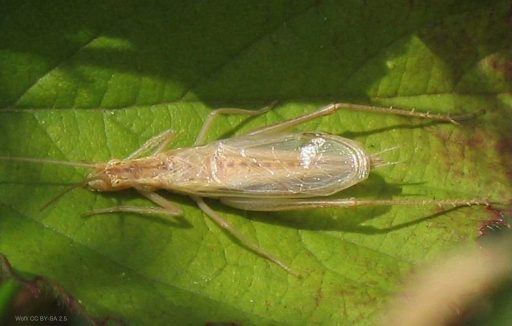
In 1960 radio astronomer Frank Drake began research to find alien civilizations in deep space by aiming an 85-foot radio telescope at some sun-like stars. He found nothing, but it was the beginning of a program known as SETI – Search for Extraterrestrial Intelligence. The program has continued for 63 years, with many radio telescopes listening for messages from space. Researchers have spent thousands of hours and millions of dollars with zero results. They have detected no deep-space radio signals containing any intelligence – only noise.
Radio signals continuously originate from stars, nebula, and other space objects, but it is all noise. How do the SETI scientists know it’s just noise and not intelligence? Intelligence has a pattern. They may not understand the language, but they can tell language from random noise. They can distinguish random, accidental, chance blips from something created by an intelligent being.
Thus, scientists have confidence that they know the difference between information transmitted by an intelligent being and random noise when listening for messages from space. How about when examining the DNA within living cells? Does the complex pattern of information that creates the blueprint within each living cell show intelligence behind it – or is it random noise? Does it resemble a computer program written by a super-intelligence, or does it display random, accidental chance? If we can tell the difference between intelligence and randomness in space, why can’t we tell the difference in our own bodies? Is the problem that some people want to find signs of intelligence in deep space but don’t want to see it within our cells?
Frank Drake admitted that in 1974 he transmitted an encoded message toward a star cluster 25,000 light-years away in the constellation Hercules. That means the message should reach its target in 25,000 years (minus 49 years). If any intelligent being gets the message and responds immediately, the return message will take 25,000 years. Unfortunately, Drake died in 2022, at age 92, without getting a message back.
Is it possible that there really is an intelligent Being out there listening and waiting to hear from us? Is it possible that Being is not limited by time and space? Is it possible that the Being has already communicated with us by coming to Earth and taking on human form? Is it possible that while spending time and money listening for messages from space, we are not listening to Him?
— Roland Earnst © 2023
We have dealt with SETI before, as you will find HERE, HERE, HERE, and HERE.









